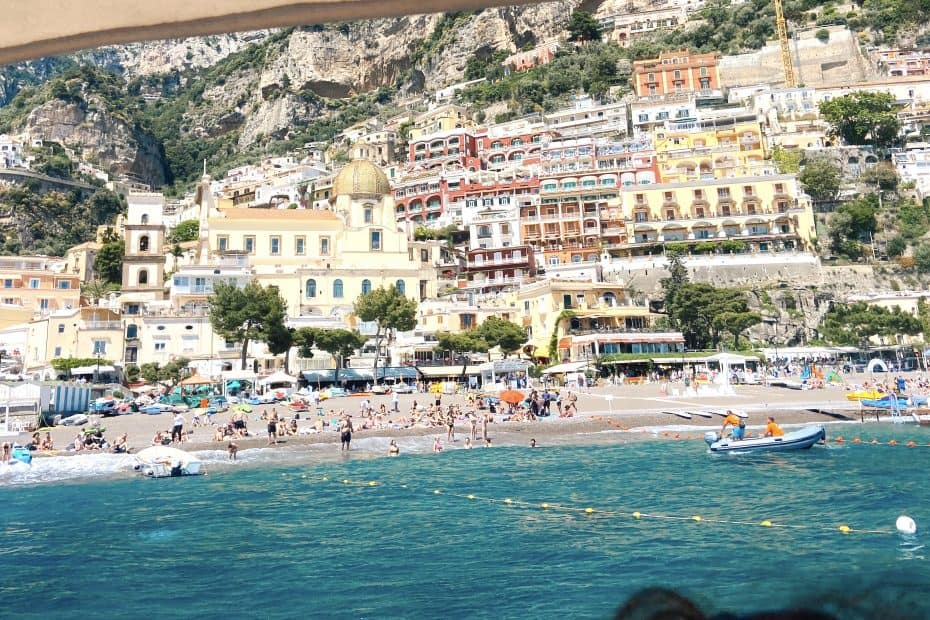People from all over the world know the Amalfi Coast to be a popular tourist destination, but many are unaware of its unique history. From colorful architecture, delicious scents of lemons, and handmade, authentic sandals, this is Italy’s most famous coastline. And what better way to experience Italy’s Amalfi Coast, than to cruise its waters by boat? Imagine the wind blowing through your hair on a warm, spring day as you enjoy a relaxing boat ride along the most famous Italian coastline.
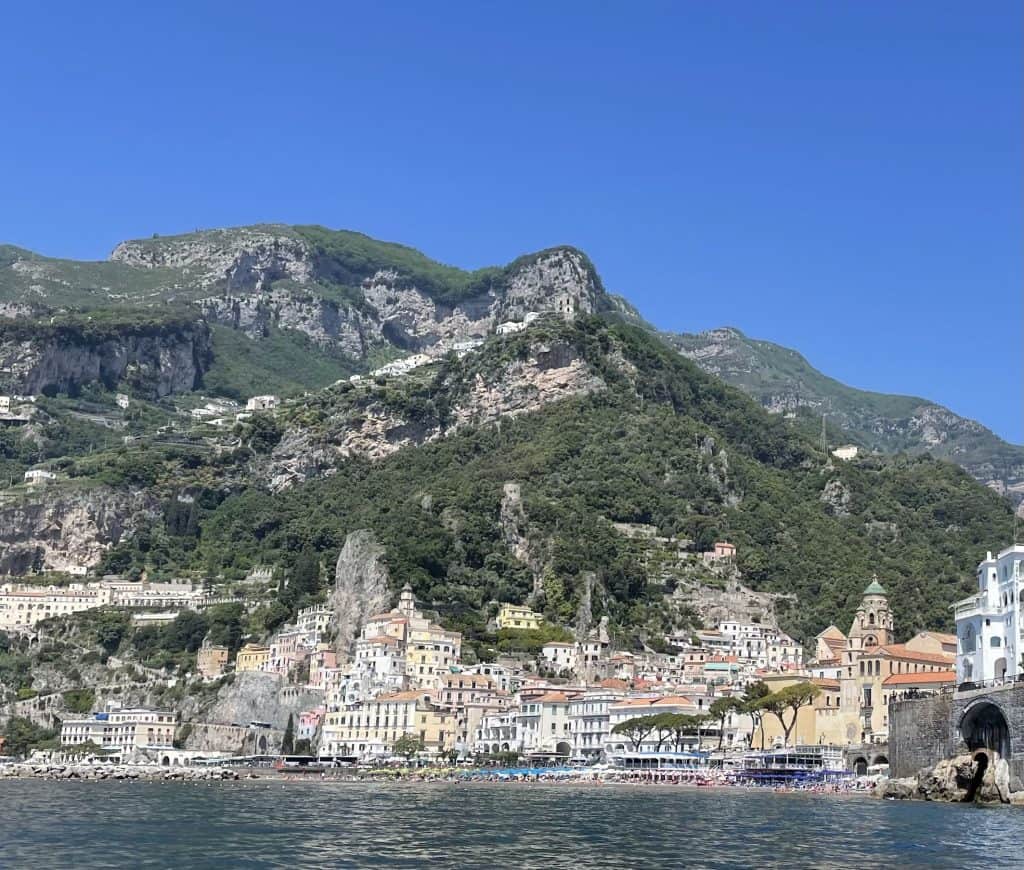

When walking through the town of Amalfi, visitors quickly noted that every shop contained limoncello, an Italian liqueur made from lemon zest. It comes in a variety of sizes and colorful hand-painted bottles. Not only was the presentation inviting, but the limoncello was sweet and authentic. Immediately off the boat, visitors are introduced to hospitality in small shops. The culture of the town is centered on lemons as it is something they are proud to share with visitors. The store owners offered tastings of their limoncello, without requiring a purchase afterwards. In comparison to a tourist’s shopping experience in Rome, visitors in Amalfi were not pressured to purchase souvenirs and were instead welcomed with open arms.
Amalfi town is known for lemons and its production of limoncello. Its origins are in southern Italy, including the regions of Sorrento, Capri, and of course the Amalfi Coast. Imagine sipping on fresh, homemade limoncello in its birthplace, with the picturesque views of Amalfi surrounding you. Lemons grown along the Amalfi Coast are unique to this region, as they are larger, sweeter and more aromatic than lemons grown elsewhere. In Italian, these are called Sfusato d’Amalfi. The lemon trees grown on terraces built into the hills are vivid when seen from the water.
The Mediterranean Sea is much saltier than the Atlantic and Pacific oceans on America’s coast. When jumping in, the saltiness of the water is noticeable. It irritates eyes and sensitive skin almost immediately. The residual salt on the skin after a dip in the sea is supposedly better for tanning. The boats offered a rinse-down option and a bottle of water when passengers returned from their swim. The color of the sea was a deep, clear blue. When wearing goggles, visitors see fish in detail but it was surprising to see the lack of species and coral reefs. The temperature was a shock upon jumping into the water, because of the stark contrast between the warm outside temperature and chilly ocean water.
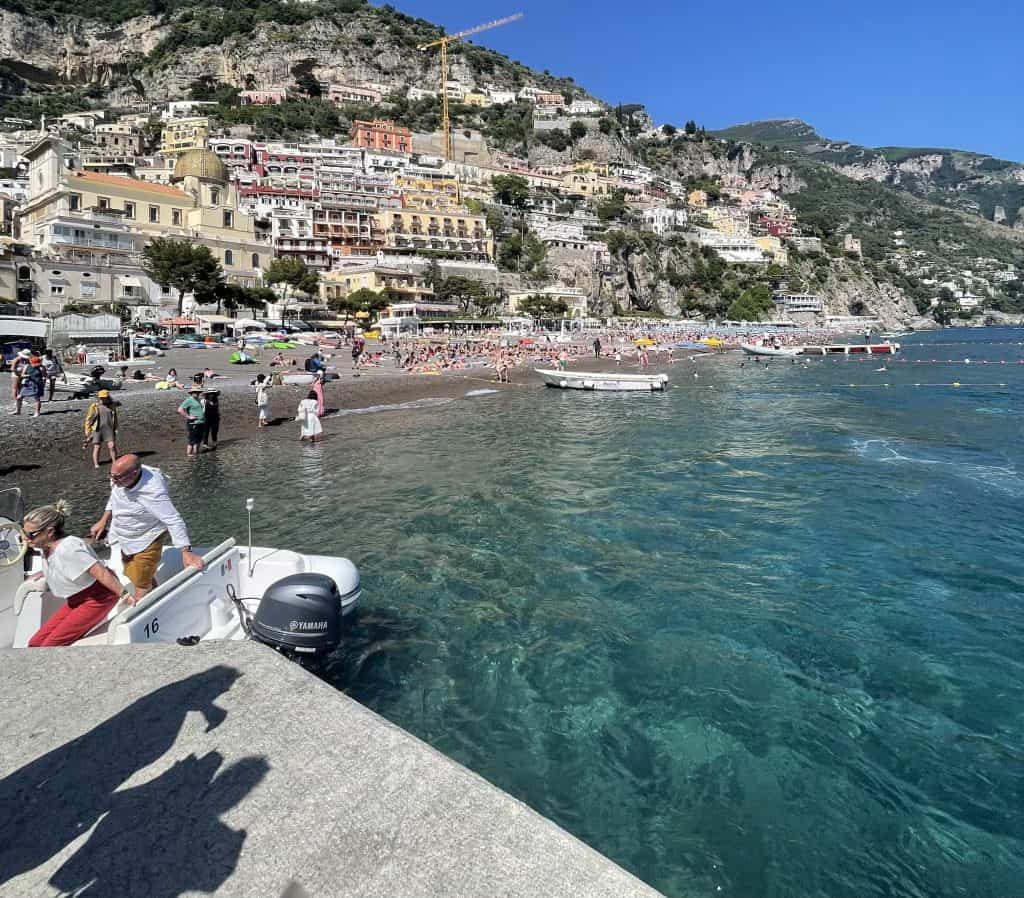
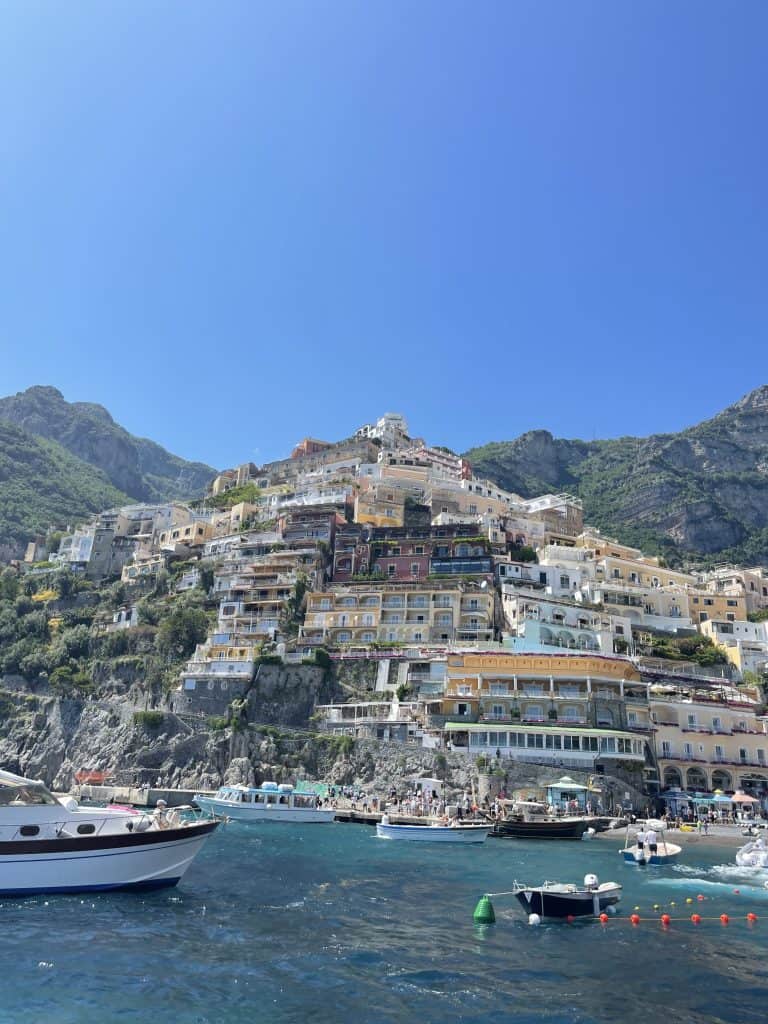
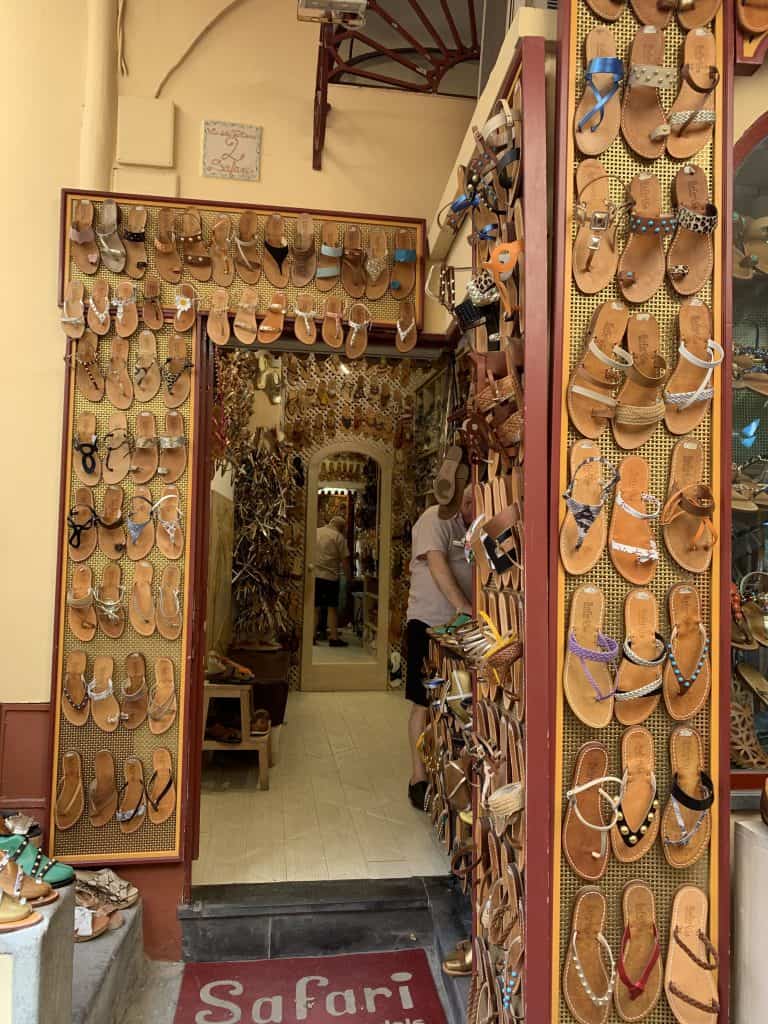
The tour guide on the boat, Brigitte Somogyi said, “When Googling ‘the Amalfi Coast,’ images of Positano always flood your search results.”
This is because it is the most picturesque cliffside town on the coast. It was interesting to learn that the variety of colored houses was used as a way to show status. The reason that the town became so colorful is that families wanted to compete with one another and stand out. The use of color was to show others their status. The higher up on the hills the houses were, the higher the social status. The beautiful colors of the painted houses have dulled over time due to sun exposure leaving colors not as bright as they once were. As a tourist, the colors of Positano were slightly underwhelming compared to the vibrantly colored photos found online.
Positano, aside from its colorful buildings, is also recognized for its locally-made sandals, found only in this region. The sandal-making process is an ancient tradition unique to Positano. From sketching, to model making and assembly, only the highest quality of Italian leather is used in the production of these sandals. In a family run business, new employees start at the bottom of the ladder to learn the process and gain hands-on experience. Knowledge is handed down from generation to generation, as employees work their way up in the company to gain new members of the sandal-making family.
It was interesting to find out that in two different coastal towns, both were known for small family-run businesses. It is fascinating to see small businesses thrive in such a secluded environment. Somogyi emphasized her enjoyment of the towns on an daily basis. When asked if her job as a boat tour guide of five years ever got old, she said, “It never does, I wouldn’t change it for the world.” Then, she smiled.

Hannah Barrett

Autumn Scott
Autumn Scott is a rising junior nursing major with a minor in health promotion education and behavior from West Chester, Pennsylvania. She is traveling to Rome, Italy and is interested in enjoying her first time out of the country through new foods and sights.

Colette Slatas
Colette Slatas is a rising senior at Univ. of South Carolina from Connecticut. She is a public health major who loves to travel to new places and is excited to see what Italy has to offer.
